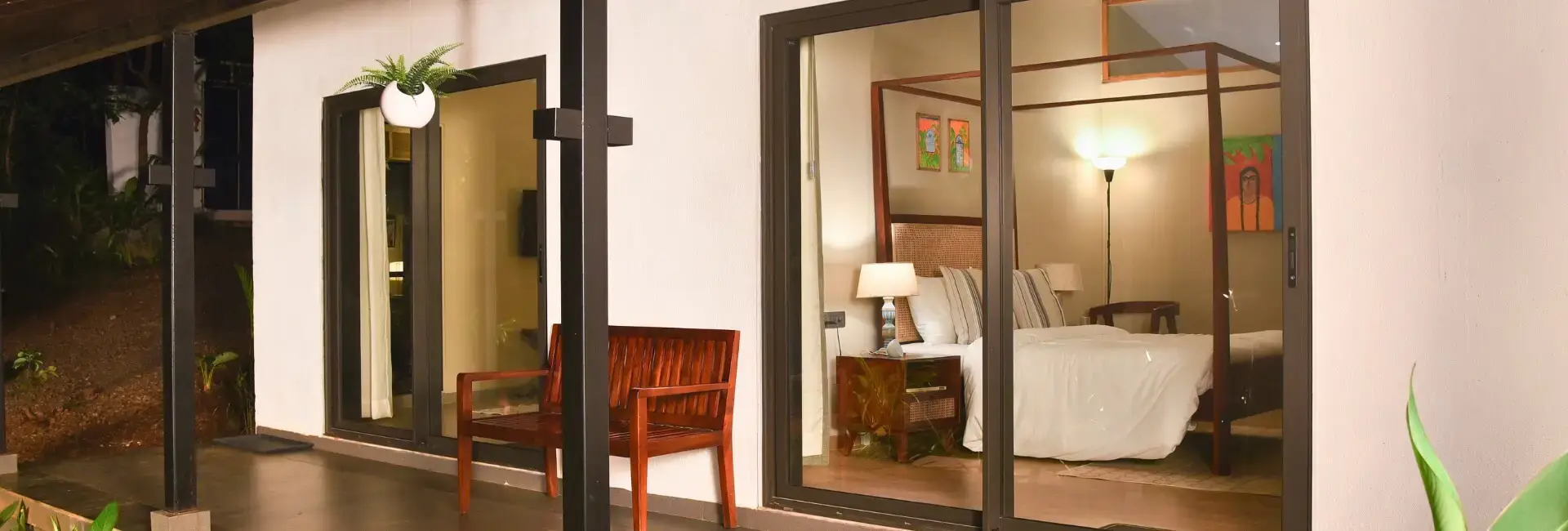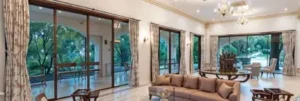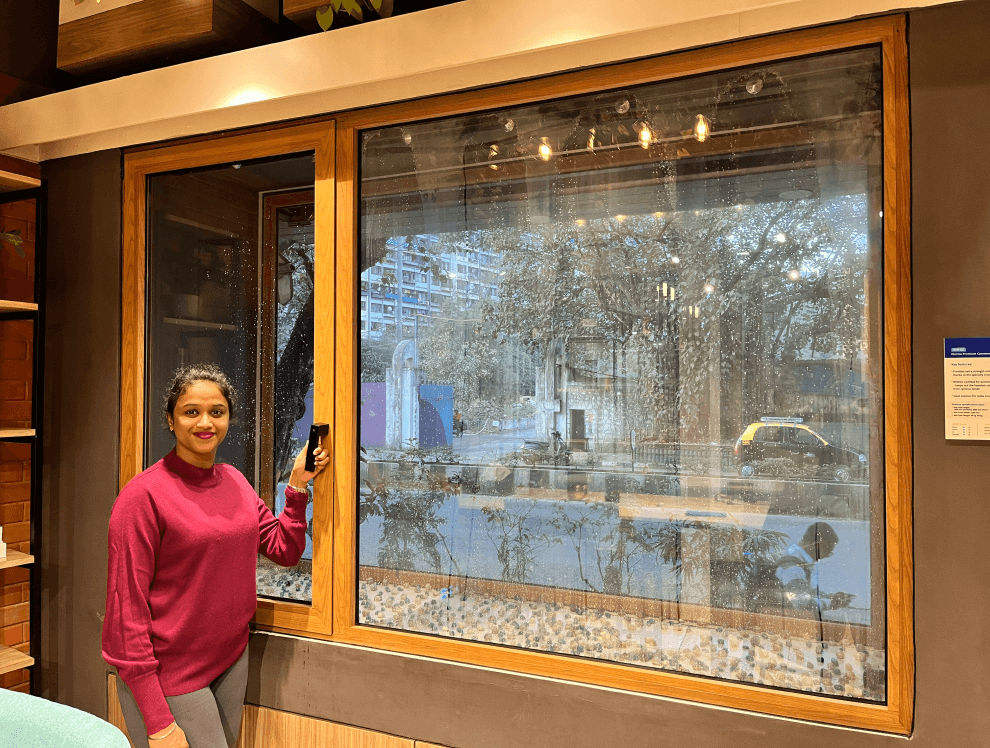
How to Properly Install Sliding Doors on a Dry Wall: A Complete Guide
When it comes to contemporary interiors, space is no longer just square footage—it’s an expression of elegance, light, and effortless motion. Sliding doors have emerged as design statements, marrying functionality with aesthetic grace. But what truly elevates them is the finesse with which they are installed. Particularly when dealing with dry walls—a common feature in modern homes and offices—precision becomes paramount.
This guide is your complete compass to achieving flawless sliding door installation on dry walls, whether you’re crafting a quiet nook within your home or envisioning seamless transitions across an open-plan office space.
Why Sliding Doors Have Become a Modern Essential
Before we delve into installation, it’s worth understanding why sliding doors are so sought after today. In spaces where luxury is defined not by extravagance but by clean lines and thoughtful engineering, sliding doors provide an ideal blend of form and function.
From sliding office doors that promote transparency and flexibility, to slim aluminium sliding doors that redefine minimalism in high-end residential projects—these designs symbolise modern sophistication. Their popularity also owes itself to the myriad types of sliding doors available: pocket doors, barn-style sliders, top-hung systems, and more.
Step-by-Step: Installing Sliding Doors on a Dry Wall
A dry wall, composed typically of gypsum board, is not as structurally robust as brick or concrete. Installing a sliding door here requires an understanding of both the door system and the structural framework supporting it.
Step 1: Choose the Right Type of Sliding Door
Not all types of sliding doors are suitable for every surface. Dry wall installations often benefit from top-hung or wall-mounted systems, where the track is affixed to a strong header beam or stud frame above the opening. Frameless glass sliders, timber panels, or slim aluminium sliding doors—each brings its own charm, but compatibility with the wall and intended use is key.
Step 2: Reinforce the Dry Wall
Dry walls alone cannot bear the weight of a sliding mechanism. Begin by locating or constructing a solid wood header or blocking within the wall where the track will mount. This ensures the system remains stable and load-bearing over time—especially important for heavier door panels like those made in aluminium or hardwood.
Step 3: Install the Sliding Track
This is the heart of your sliding door installation. Carefully measure and level the track above the opening, securing it into the reinforced section of the wall. Precision here ensures the door glides effortlessly and maintains its alignment over prolonged use. High-end tracks often feature silent-glide rollers or concealed systems for an ultra-luxe finish.
Step 4: Attach the Door Panels
Once your track is secured, attach the panels using the prescribed rollers or brackets. With sliding office doors, where acoustic insulation may matter, ensure the seals or soft-close buffers are properly fitted. For residential spaces, slim aluminium sliding doors offer panoramic aesthetics while requiring minimal clearance—ideal for compact or light-filled interiors.
Step 5: Finishing and Detailing
Finally, complete the look with refined detailing: soft-close mechanisms, recessed handles, or floor guides that are barely visible. Seal any gaps between the dry wall and the door system with matching trims for a seamless appearance.
Pro Tips for an Impeccable Finish
- Plan your partitioning early
If you’re building the dry wall from scratch, integrate reinforcements during construction. This makes the later stages of sliding door installation smoother and structurally sound. - Consider acoustics
Especially for sliding office doors, opt for double-glazed panels or acoustic seals to reduce noise transmission without compromising elegance. - Mind the floor
Although top-hung systems require minimal floor interaction, some setups include a bottom track. Ensure this is flush-mounted for safety and visual continuity. - Balance function and form
From smoked glass to brushed aluminium frames, select a door that complements your overall interior design palette.
Summing Up
At Eternia, we understand that true luxury lies in the details—details that define performance, longevity, and visual harmony. Our state-of-the-art sliding door system, engineered using Duranium™, offer unmatched strength, finesse, and durability. Whether you’re installing sliding office doors for a collaborative workspace or curating an open yet private transition within a residence, our slim aluminium sliding doors are designed to elevate every experience.
Our engineered types of sliding doors cater to varying spatial needs and aesthetic aspirations, making them ideal companions for dry wall integrations. And the best part? You don’t have to worry about the complexities of installation—our team of experts ensures a flawless, professional fitting that preserves both the elegance and integrity of your interiors.
Frequently Asked Questions
While most dry walls can accommodate sliding doors, reinforcement is essential. For heavier systems—like slim aluminium sliding doors—a concealed timber or metal frame should be embedded within the dry wall to ensure safe and stable installation.
Pocket doors and slim aluminium sliding doors are excellent for compact areas. Their minimal projection and narrow frames maximise space and light without compromising on design.
While not inherently soundproof, many sliding office doors can be fitted with acoustic seals or double-glazed panels to reduce noise transmission, offering both visual and acoustic privacy.
Yes, but the process may involve opening up the wall to insert reinforcements. A professional installer can assess the feasibility and recommend the best approach for retrofitting.


 +91 97699 40000
+91 97699 40000











